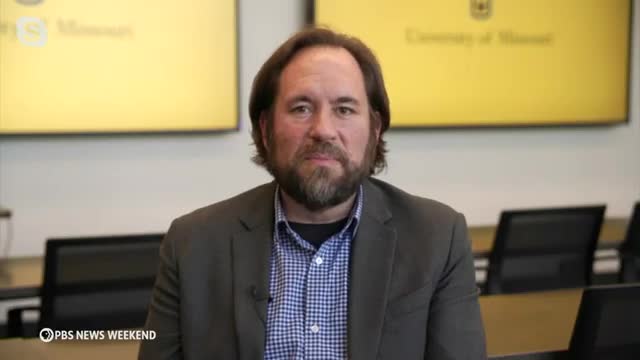Residents urged to prepare for rare but severe earthquake risks
This article was created by AI summarizing key points discussed. AI makes mistakes, so for full details and context, please refer to the video of the full meeting. Please report any errors so we can fix them. Report an error »

In a recent government meeting, officials discussed the pressing issue of earthquake preparedness in the New Madrid region, an area often overshadowed by more immediate weather-related risks such as flooding and tornadoes. Despite the relatively low probability of a significant earthquake occurring—estimated between 25% to 40%—the conversation highlighted the challenges of prioritizing preparedness for such events when more frequent disasters demand attention.
Focus group findings revealed that residents are more concerned with daily risks, leading to a lack of urgency regarding earthquake preparedness. As severe weather events occur annually, the potential for an earthquake tends to fall lower on the list of community concerns. However, experts emphasized the importance of readiness, suggesting a range of actions individuals and families can take to mitigate risks.
Basic preparedness steps include assembling a disaster kit with essential supplies such as water, food, medications, and important documents. These supplies not only serve in the event of an earthquake but are also beneficial during floods or severe storms. More advanced preparations involve securing heavy objects in homes to prevent injury or damage during seismic activity.
Additionally, the meeting underscored the necessity of earthquake insurance, as standard homeowners insurance typically does not cover earthquake damage. Given the potential severity of an earthquake, officials urged residents to consider this option, despite the low likelihood of occurrence.
State and local emergency preparedness officials are actively working to raise awareness about earthquake risks in the region, often associated more with states like California and Washington. They are conducting community drills to ensure residents know how to respond effectively in the event of an earthquake. However, the challenge remains that many individuals are preoccupied with more immediate concerns, making it difficult to prioritize earthquake preparedness.
Focus group findings revealed that residents are more concerned with daily risks, leading to a lack of urgency regarding earthquake preparedness. As severe weather events occur annually, the potential for an earthquake tends to fall lower on the list of community concerns. However, experts emphasized the importance of readiness, suggesting a range of actions individuals and families can take to mitigate risks.
Basic preparedness steps include assembling a disaster kit with essential supplies such as water, food, medications, and important documents. These supplies not only serve in the event of an earthquake but are also beneficial during floods or severe storms. More advanced preparations involve securing heavy objects in homes to prevent injury or damage during seismic activity.
Additionally, the meeting underscored the necessity of earthquake insurance, as standard homeowners insurance typically does not cover earthquake damage. Given the potential severity of an earthquake, officials urged residents to consider this option, despite the low likelihood of occurrence.
State and local emergency preparedness officials are actively working to raise awareness about earthquake risks in the region, often associated more with states like California and Washington. They are conducting community drills to ensure residents know how to respond effectively in the event of an earthquake. However, the challenge remains that many individuals are preoccupied with more immediate concerns, making it difficult to prioritize earthquake preparedness.
View full meeting
This article is based on a recent meeting—watch the full video and explore the complete transcript for deeper insights into the discussion.
View full meeting